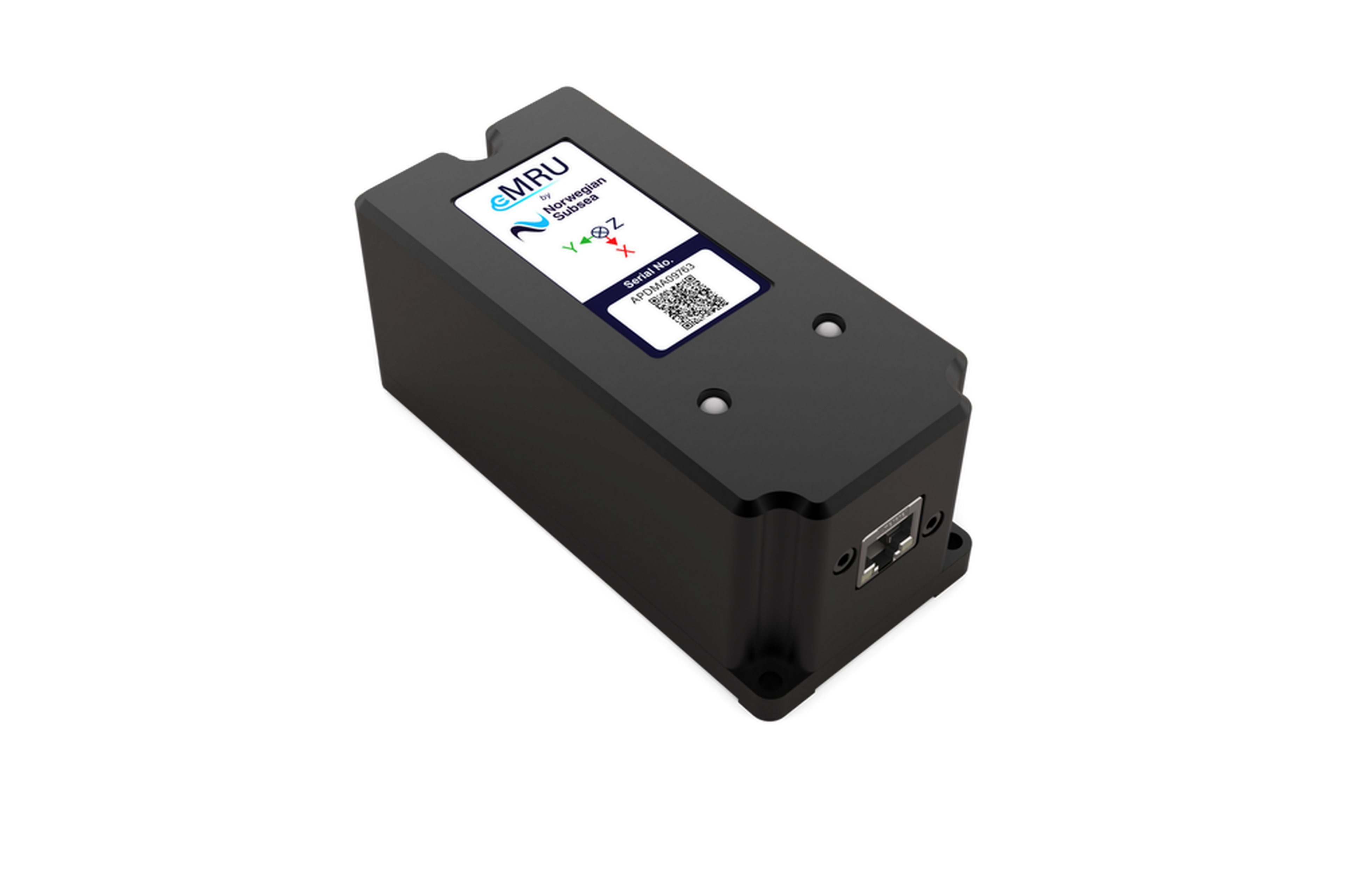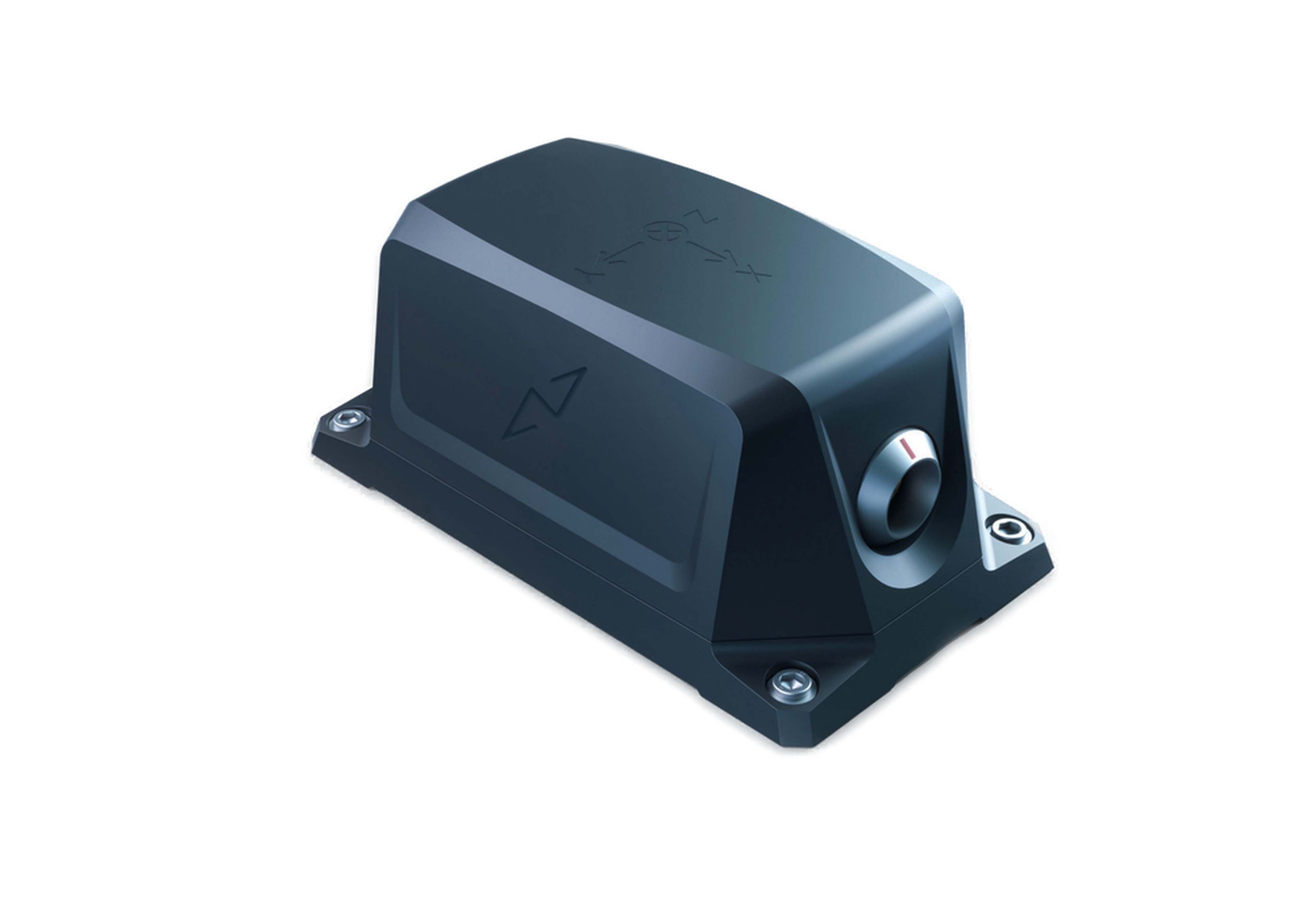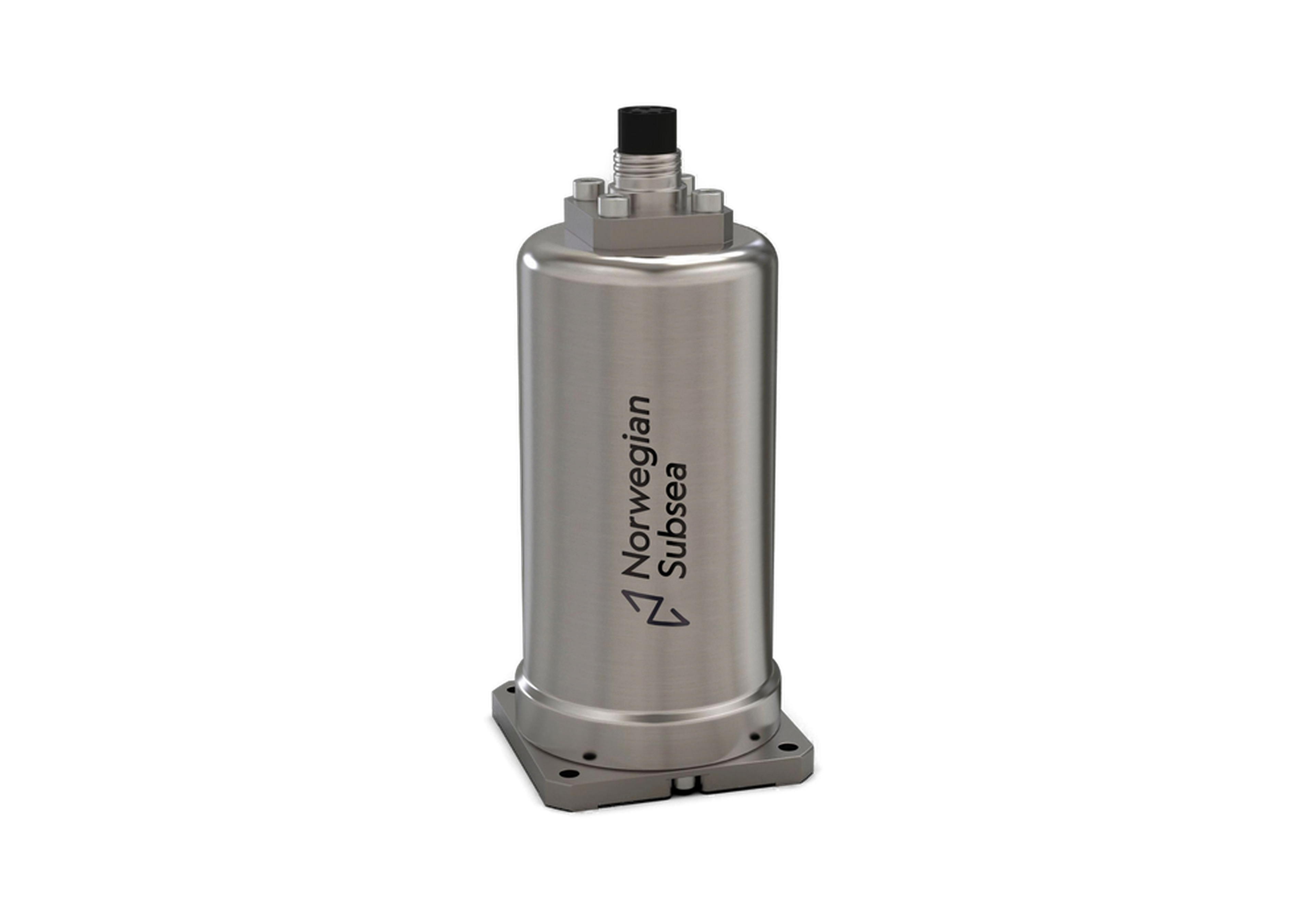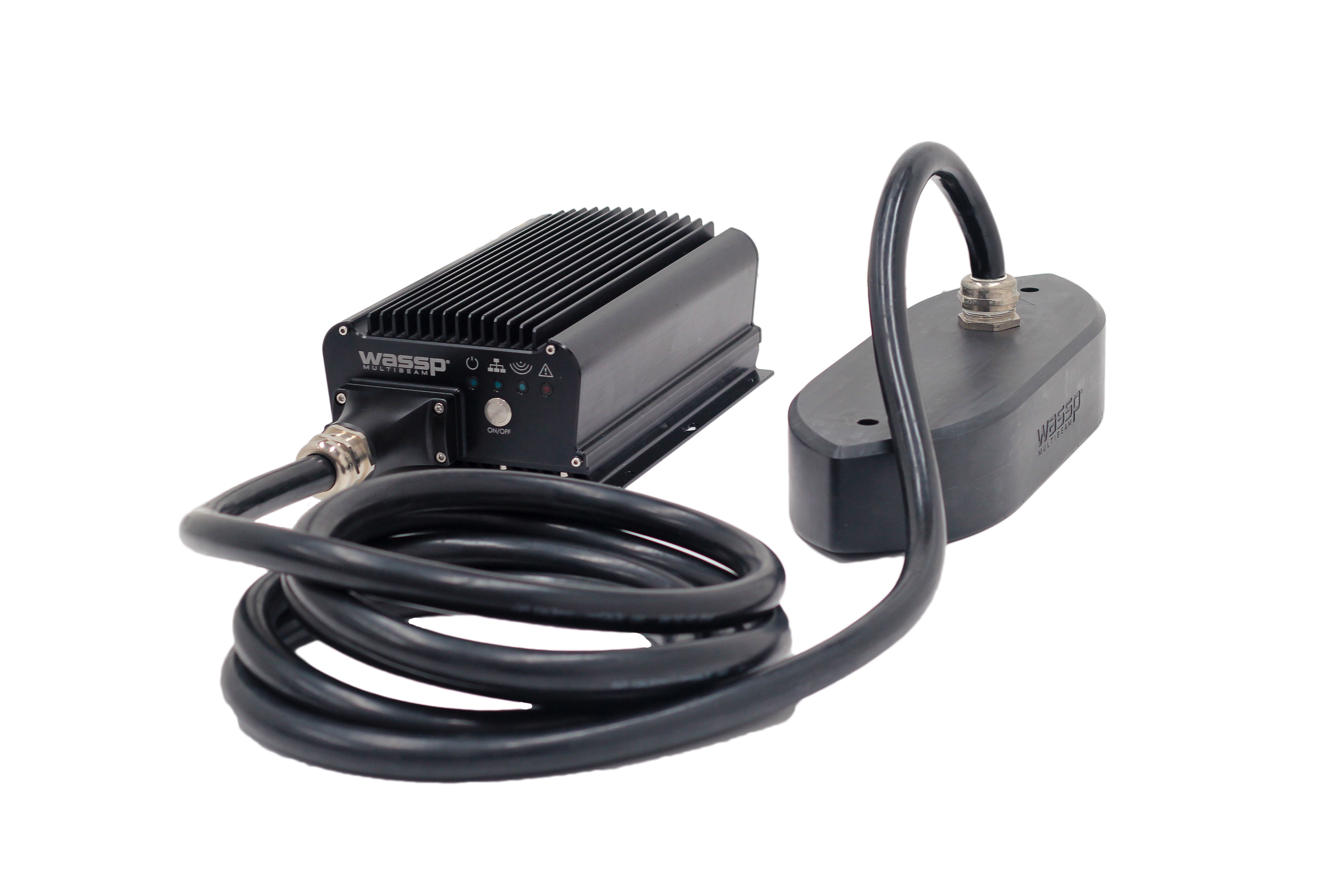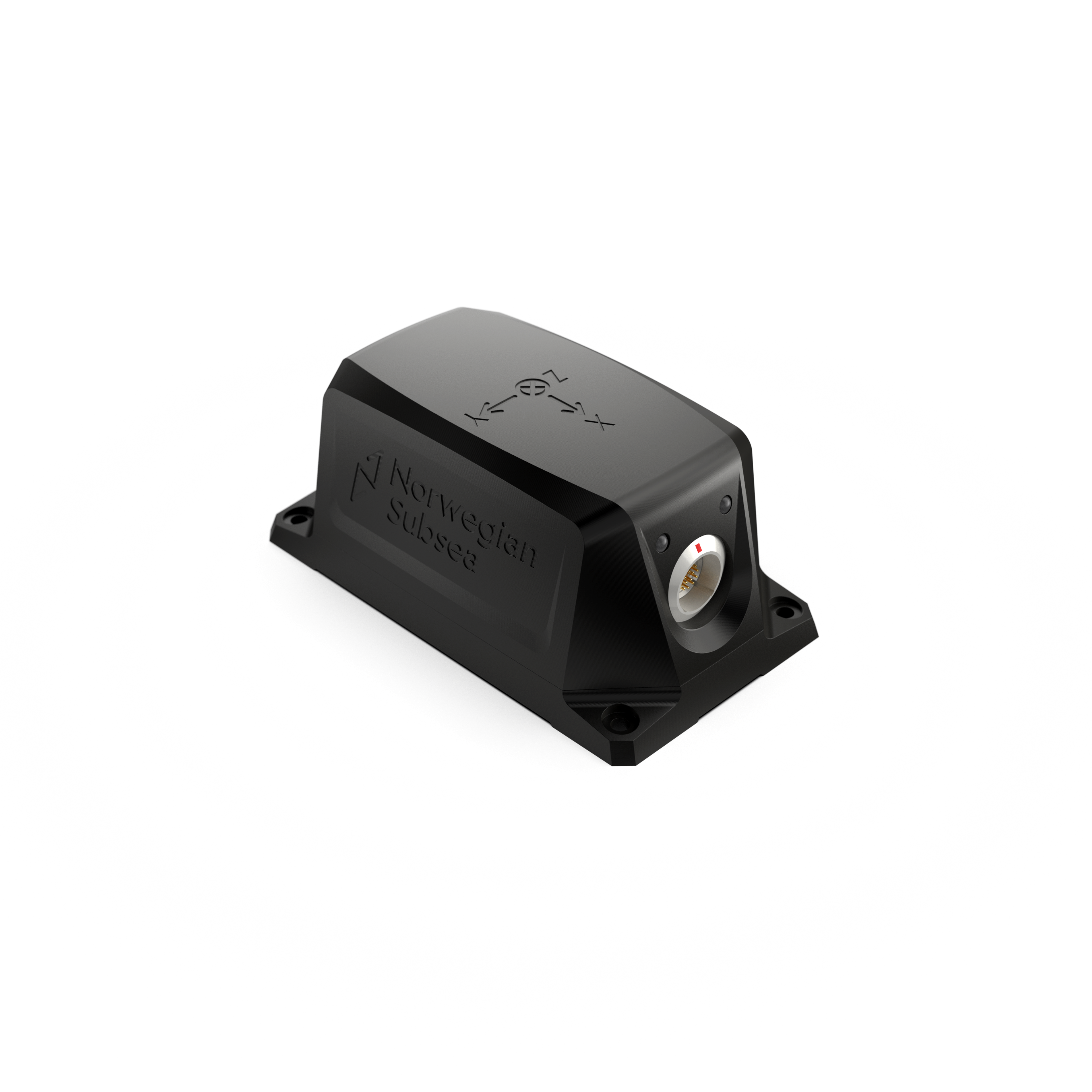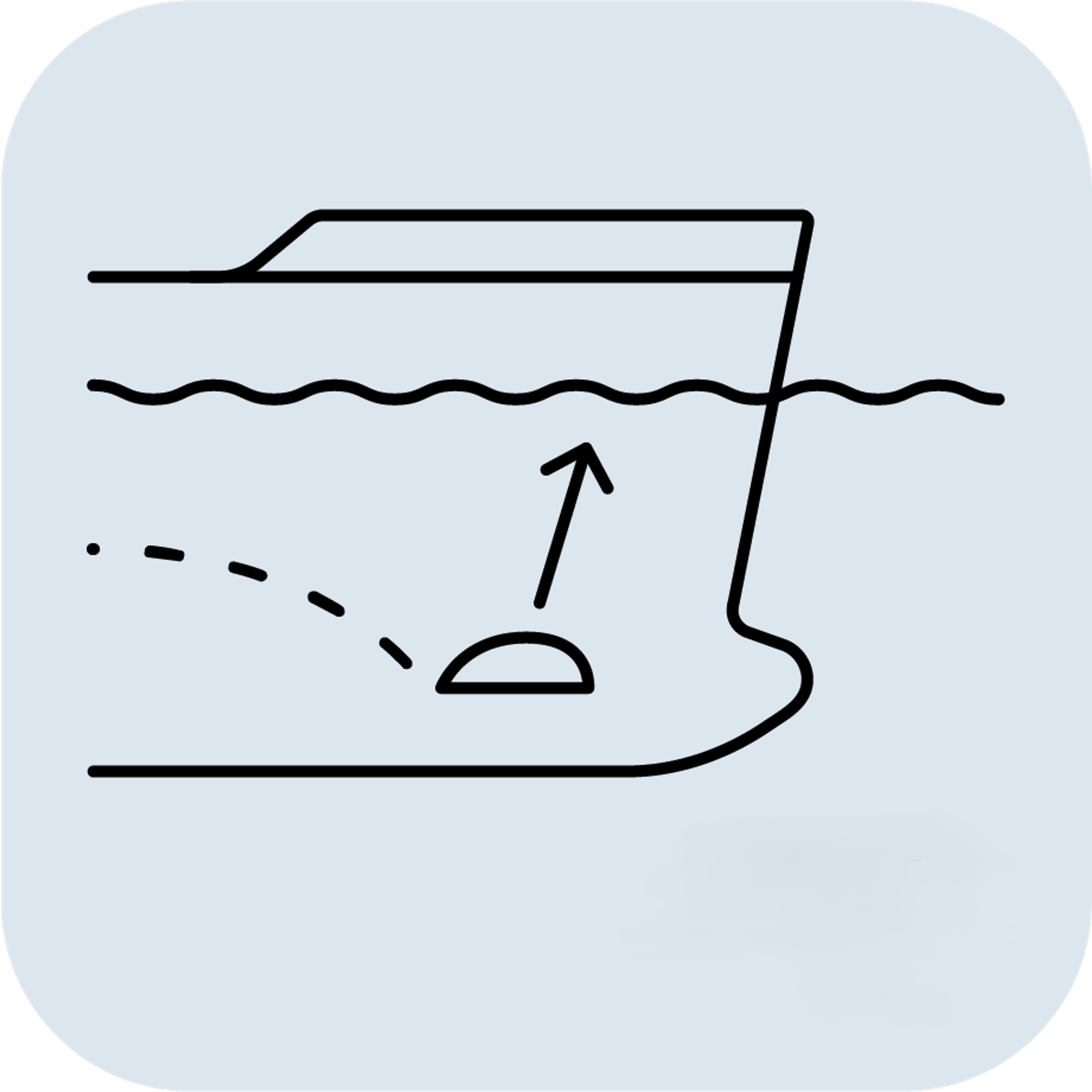- MRU Compact
- MRU Marine
- MRU Subsea
- MRU Ex
What is the difference between a VRU and an MRU?
A VRU shares similarities with an MRU, incorporating real-time, high-precision accelerometers and gyroscopes along with advanced sensor fusion algorithms in a single self-contained unit. Both devices calculate coupled motions across all six degrees of freedom (DoF): Roll, Pitch, Yaw, Surge, Sway, and Heave. However, while the MRU outputs data for all six DoF, the VRU is limited to providing roll and pitch data only. This restricted output makes the VRU generally more cost-effective than the MRU.
So if your application only needs accurate dynamic attitude (roll and pitch) the VRU are the correct choice for you. Typical application are:
- Dynamic Positioning (DP) where the VRU/MRU are used for motion compensation of the GNSS antenna and other position reference systems.
- Stabilizing Fins/Anti-heeling/Roll damping systems. Need accurate and affordable dynamic roll measurements in real sea condition.
At Norwegian Subsea, all our MRU models (Compact, Marine, Subsea, Ex) are designed to deliver high-accuracy 6DoF data. However, we also offer each of these models in an VRU version. This version provides the same exceptional Roll and Pitch accuracy as the full MRU, even in complex motion scenarios, but excludes the Heave, Surge, and Sway outputs. This makes the VRU version a highly accurate and cost-effective solution for applications where only precise tilt or orientation data is required.
